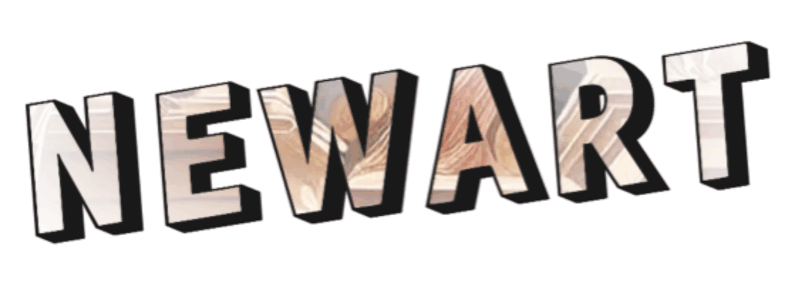The New Art Manifesto
In 1839 Louis Daguerre wrote to a friend describing a breakthrough he’d made : “I have captured light and arrested its flight. The sun itself shall draw my pictures.”
Two centuries ago this would have sounded like delusions of a false messiah, convinced they’d been granted powers of deity. Yet, when Daguerre revealed his invention to the world - an early form of photography - serious comparisons to prometheus would suddenly be unavoidable.
French writer Nadar would recall the initial reception:
“This new discovery was so brilliant, so utterly unforeseen, so far beyond anything imaginable, it destabilized all that was known and believed.”
There were few reference points to process the advent of artist-less art; no horse-less carriages or operator-less elevators. No musician-less music (recorded sound) or messenger-less messages (telegraphy & telephone.) It was a moment so strange, so abstract, so without analogy or comparison as to be unimaginable to anyone born this century - utterly impossible to comprehend.
Until now.
Almost two centuries later something new and "far beyond anything imaginable" has again emerged. Something brilliant and unforeseen, something that is destabilizing all that we knew and believed: AI image generation.
The awe we feel when a figment of imagination manifests on screen, is the same awe our great-great grandparents felt when a moment in time and space, materialized on a metal plate. The same disorienting wonder a magician elicits when breaking the rules of reality you thought you knew, only without the sobering realization it was an illusion.
We're there again. Enamoured again. Fascinated, excited and scared again - of a new power, from a new prometheus - given to us: mere mortals.
Some artists - who earned their monopoly on magic - suddenly feel scared and angry and vulnerable. Others embrace these new tools, to break once unbreakable rules, to produce art once impossible to create.
Unlike then, we have the benefit of hindsight. We have run this simulation before. History doesn’t repeat, but it rhymes, because human psychology stays the same. It is different this time - because technology is a change agent - but it’s also similar.
It is within the familiar rhythms of history and human behaviour that we hope to better understand this moment and the future.
Welcome to Newart.





Indeed, using the light to draw pictures would have sounded like sorcery at the time. What's interesting also is how quickly the technology of photography spread from invention:
"...Daguerreotype photography, invented in 1837, the first means of taking photographs. The government of France recognized the monumental importance of this new technology and made the decision to purchase the patent and place it in the public domain.
Now free to use and improve by anyone, the technology rapidly spread across Europe. Within months, the process for taking photographs was translated into dozens of languages. Chemists all across Europe quickly improved upon the technology, far faster than they would have had the patent not been in the public domain.
https://www.lianeon.org/p/supercharging-innovation
Well said Louis! Reading this and your previous articles, I can wholly subscribe to your direction. As a photograpner who learned Daguerretypes at Art Center in the program founded by Ansel Adams, I have seen all the transitions you mention. It leads to a discussion of really, what is art? In my book, art is the original expression of human thoughts, ideas and emotions. The strict interpretation school of digital photography as killed (or extremely limited) it as an art form, IMHO. Everyone thinks Adam's prints are "pure" pristine photography. They are not. He, and later I, manipulated the hell out of our photos in the darkroom and now in the digital darkroom.
So now, making progress on my 10,000 hour learning curve with the new medium of AI, the thing that impresses me is the creative freedom that it allows. Sure you can plug in a generic prompt and get amazing, but ultimately trivial images. Learning how to direct the AI, to think "with" you is the non-trivial doorway to art.
It's interesting that in response to the photograph, painters including Monet, Dali, Van Gogh, and Picasso went entirely in a different direction, creating some of the most valued art in history. Today, everyone has a camera in their pocket, which makes lucky "artsy" shots more probable, thus degrading the value of photographers who had to lug heavy equipment to a beach and wait weeks to get a proper sunset. So I think that the way to look at the AI form is as "impressionism" for our time. In the process, we will find real artists creating some of the most compelling work ever.
You might be interested in jumping over to my heyerscope.com stack to see some of my early AI work and articles on photography.
Keep up the good work. We are in for a very exciting ride!
Mark